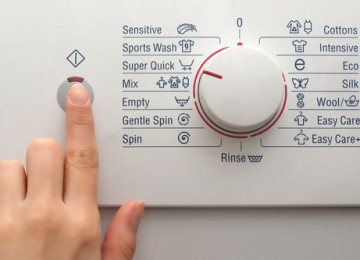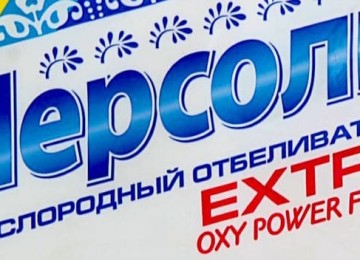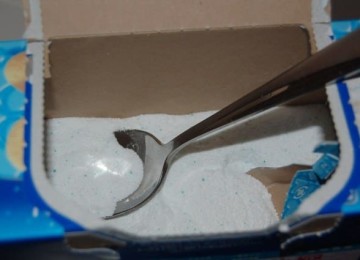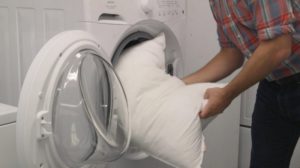 Cleaning is necessary for many household items, especially bedding. Sleeping linens need to be washed frequently, and blankets also require periodic washing. It is especially important to keep pillows clean – we touch them with our facial skin and hair. This household item requires periodic washing and drying in the washing machine. Many housewives have a misconception about the damage that will be caused to the filling of the pillow during washing in the machine. Is it possible to wash a pillow in an automatic washing machine? Will the product be damaged after such cleaning?
Cleaning is necessary for many household items, especially bedding. Sleeping linens need to be washed frequently, and blankets also require periodic washing. It is especially important to keep pillows clean – we touch them with our facial skin and hair. This household item requires periodic washing and drying in the washing machine. Many housewives have a misconception about the damage that will be caused to the filling of the pillow during washing in the machine. Is it possible to wash a pillow in an automatic washing machine? Will the product be damaged after such cleaning?
Modern automatic washing machines do an excellent job of this task; many brands even have a special function for washing such things. But still, there are many nuances in the process of preparing for washing and washing pillows in a washing machine, and you should know them so as not to leave them in a state unsuitable for use.
General recommendations for processing pillows in an automatic machine
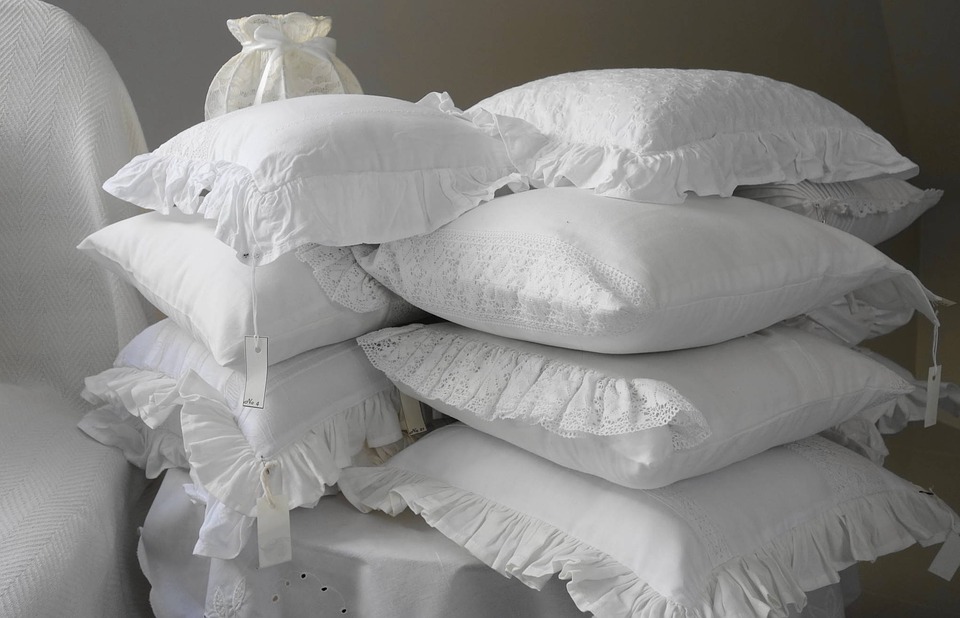
- They can be washed entirely, together with the cover, or without it.If it is preferable to wash separately, then the seam on it should be opened and the filling should be slowly pulled out. Then we put it in laundry bags. By the way, they are often replaced with ordinary pillowcases made of thick material.
- Only after completing all the procedures can you begin to assemble the pillow.
- Separately, the washing method is labor-intensive, but it allows you to better wash and dry the pillow filling and apply a variety of washing modes to the pillowcase, bleaching, soaking, etc.
- Modes are selected based on the recommended processing temperature of the product - this is usually 30-40 degrees in delicate modes, and on the number of spin revolutions (no more than 600).
- It is better not to use the drying mode for pillows - hot air jets are 100% likely to ruin the product.
- To wash such a delicate household item, it is better to choose a liquid detergent - it rinses out fibers better than powder.
- You should not use bleaches, even the most gentle ones, according to the manufacturer. They will negatively affect the condition of any type of filler.
- If the sleep products are medium-sized, then it is better to place two pieces into the drum of the machine at once (if we are talking about miniature ones, then 3 and 4 are possible). Then they will wash well, and the washing result will be better. If you have tennis balls at home, feel free to put them in the machine along with pillows (a couple of pieces will be enough); they will prevent the product’s filling from clumping during washing.
- The pillow should be dried in a warm, well-ventilated place (on the balcony, in warm weather with windows slightly open, or outside).It needs to be dried in a horizontal position, periodically turning it over so that the filling composition does not clump into one lump and cake.
Which pillows withstand washing well?

Most types of these accessories for sleep and relaxation are well tolerated by machine tests - with the right choice of washing agents and mode. Products with natural fillers tolerate machine cleaning well: feather and down, sheep and camel wool, bamboo. Synthetic fillers (sintepon, holofiber, silicone balls) also tolerate this process well.
You should not send pillows stuffed with cotton wool, with a “memory” function, with various natural fillers, or orthopedic hard pillows, which can damage the drum, into the washing mashine. To avoid damage and deformation, such household items are cleaned manually or replaced over time.
The whole process can be divided into five stages:
- Preparation.
- Choosing a detergent.
- Loading, washing.
- Rinsing products.
- Drying.
The nuances of washing products based on down and feathers
Preparatory stage
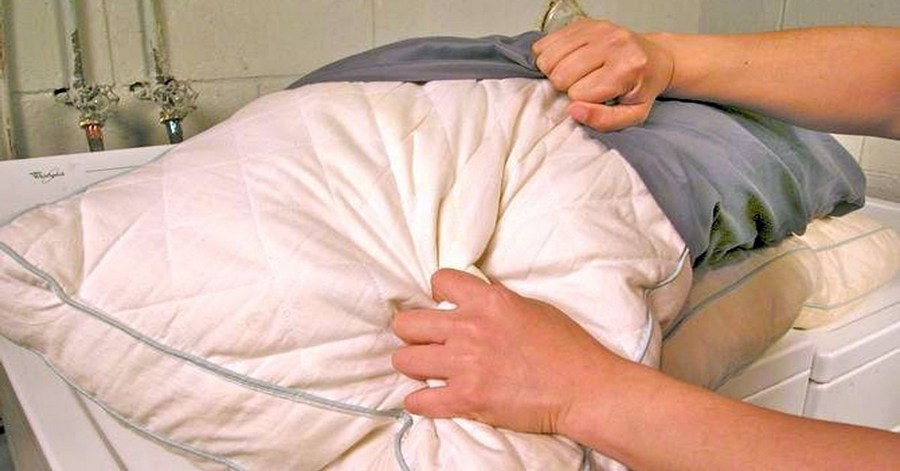
Manufacturers of sleeping accessories with natural “filling” recommend washing the contents in parts - this is especially true if it is not small in size or the machine has a small load. As covers for the filling material, you can take pillowcases or sew them of similar material.
You need to rip it open on one side along the seam carefully and slowly, pour the contents into a large, dry container (basin, bucket, etc.). Place the “filling” in prepared pillowcases or sewn bags and sew them up properly. The covers should also not be filled tightly, otherwise the pen will not stretch well.It is better to approach this issue responsibly - if the bag with down or feather opens during washing, it can lead to damage to the drum or motor of the machine. Pillowcases are washed separately or, if possible, replaced with new ones.
What to wash with?
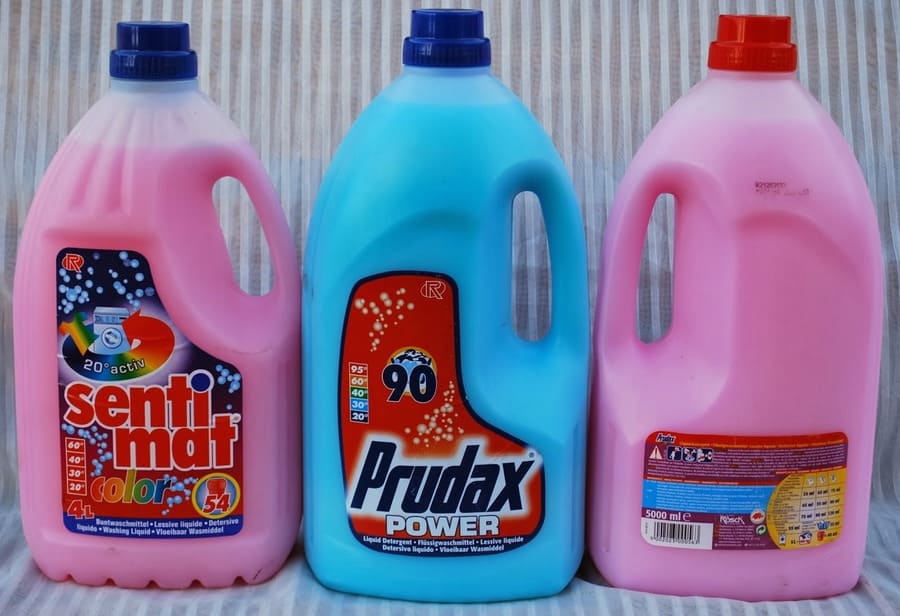
The modern market of detergents offers a large selection of powders, gels, capsules and other liquid detergents for washing different types of fabrics. You can also buy a special detergent for fillers of household items. Gel and liquid detergents are sold for natural fillers.
If you decide to wash organic filler with regular powder, be prepared for the fact that it will not rinse, and sleeping on such a pillow will be harmful to health. Such washing is fraught with allergies, dermatoses and other unpleasant symptoms that powder can cause. If it is not possible to buy a product for the care of organic fillers, then you can buy a washing product for woolen products or delicate washing. How to wash pillows
Load two covers (four in a machine with a large load) into the drum and set the mode: now all machines, even older ones, have a delicate mode; modern models have a special mode for blankets, pillows and other printed textiles - "down" or "hand wash". If possible, set the minimum temperature - 30, 40 degrees and the spin mode at minimum speed (up to 400). Pour liquid detergent into the powder compartment and start the machine.
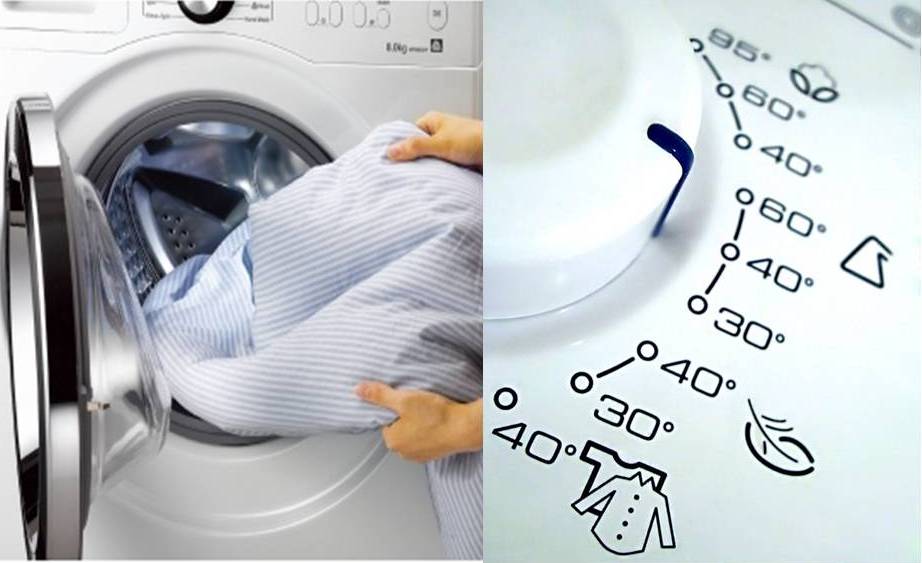
Rinsing
In any mode, use an additional rinse to thoroughly rinse out the detergent and residual dirt.The minimum spin speed is set in order not to damage the delicate and fragile structure of down and feathers. At more than 800 revolutions, such organic filling will turn into “porridge”.
Drying
Proper drying of down and feather pillows guarantees a good cleaning result. Here are a few subtleties of this important process:
- Immediately after removing the feather covers from the washing machine, you need to stretch them with your hands and shake them properly to prevent the formation of lumps and sticking of the material.
- And to remove excess moisture and speed up drying, you need to place the covers on a fabric folded several times, a sheet or a large terry towel. Next, wrap it all in an elastic roll and leave for 10-15 minutes - the fabric will absorb some moisture.
- Down-based pillows are best dried in the fresh air. General cleaning of bedding should be done in the warm season, then they will dry in one and a half to two days of warm, dry weather. If there is a need to wash these household items during the cold season, then the room where drying is planned should have good natural or artificial ventilation. Heat drying is not recommended to avoid damage to the quality of the printed material.
- Covers should not be placed near radiators, fireplaces, open fire sources, or in areas exposed to direct sunlight. Exposure to high temperatures has a detrimental effect on organic fillers.
- You should not place them near sources of strong odors - down and feathers have the ability to absorb any odors, which will then negatively affect the quality of sleep.
- While the pillows are drying, they need to be periodically turned over and fluffed up - this is especially true for down and feather products. Such material, during the drying process, has the ability to stick together and turn into lumps - if this is allowed, the pillow will have to be thrown away, it will become unusable.
- After drying, put the filling material in a washed or new pillowcase, then sew it up with a strong seam.
After this, the pillows will be completely ready for use, will delight their owners with freshness and softness for more than one month.
How to wash pillows with natural bamboo filler

The frequency of cleaning such products is no more than 3 times a year, there is no point in subjecting bamboo products to this process more often. The only contaminants they accumulate are salts contained in the sweat secretions of the person sleeping on them. Before doing this, you should pay attention to the label of the bedding accessory: it usually states that it is prohibited to bleach it, especially with chlorine bleaches, the optimal temperature is also prescribed there and that the product is prohibited to dry clean. You do not need to devote much time to washing such products. You can load bamboo pillows into the machine either whole or disassembled. If they are not large, then you can safely load 2 or 4 pieces into the drum and start washing. Before this action, you need to shake out the dust from the bedding accessory and carefully check the integrity of the pillowcase (cover) - even if there is slight damage, the filler will end up in the drum of the machine and damage it.While the pillows are drying, they need to be periodically turned over and fluffed - this is especially true for down and feather products. Such material, during the drying process, has the ability to stick together and turn into lumps - if this is allowed, the pillow will have to be thrown away, it will become unusable.
After drying is complete, transfer the filling material into a washed or new bedsheet, then sew it up with a strong seam.
After this, the pillows will be completely ready for use and will delight their owners with freshness and softness for many months.
How to wash pillows with natural bamboo filling
The frequency of cleaning such products is no more than 3 times a year; it makes no sense to subject bamboo products to this process more often. The only contaminants they accumulate are salts contained in the sweat secretions of a person sleeping on them.
Before doing this, you should pay attention to the label of the sleeping accessory: it usually states that it is prohibited to bleach it, especially with chlorine bleaches, it also states the optimal temperature and that it is prohibited to dry clean the product.
You don’t need to spend a lot of time washing such products. You can load bamboo pillows into the machine either whole or disassembled. If they are not large, then you can safely load 2 or 4 pieces into the drum and start washing. Before this action, you need to shake out the dust from the sleeping attribute and carefully check the integrity of the pillowcase (cover) - even if there is slight damage, the filler will end up in the drum of the machine and damage it.If we are talking about one, but large one, then you will have to carry out the same parsing process as with down ones: the bamboo fiber is removed and divided into 2 parts.
Cashmere shampoo is ideal for bamboo-based products. If it is not possible to purchase it, then a product for washing woolen items is suitable. In this case, powders should not be used - they are poorly washed out of bamboo fiber.
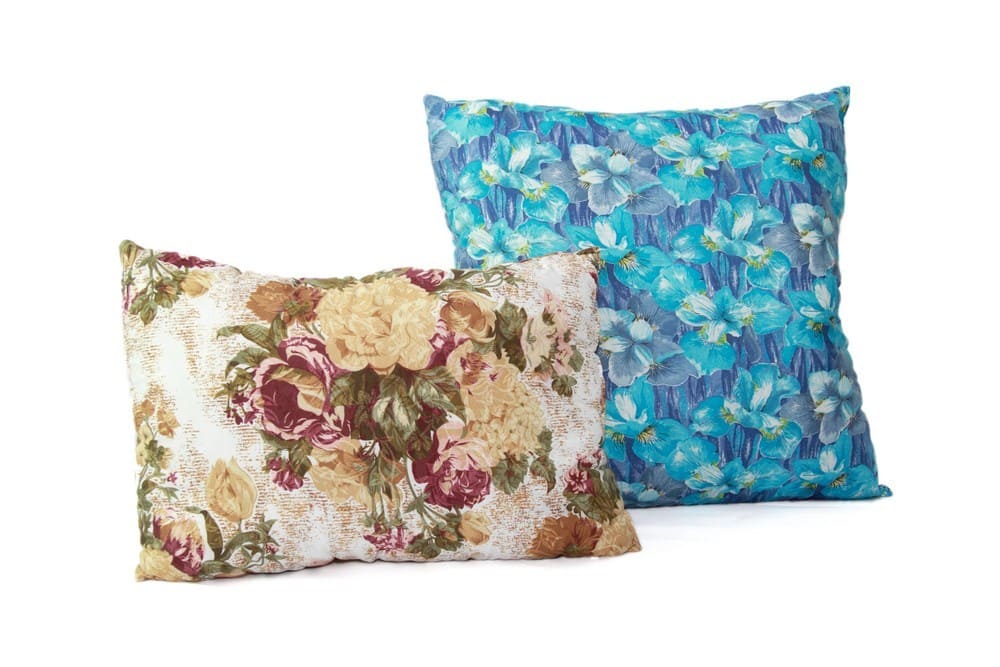
A more gentle and effective washing of bamboo products is carried out in the “wool” or “delicate wash” mode with a second rinse - to completely remove detergent residues and avoid sticking of the natural fiber.
The spin mode is set to no more than 500 revolutions; If the machine has a higher minimum mode, then it’s better to do without it altogether. It’s better to let the pillows dry out longer than to be thrown away. In this case, after washing, let the products drain and squeeze them thoroughly with your hands and straighten the filling without twisting them. You can also wrap them in a fluffy towel or thick cloth - they will absorb excess water.
Bamboo pillows need to be dried in the same way as feather pillows: in the open, fresh air or in well-ventilated areas. An ideal surface for this would be a floor dryer - on its lattice surface the pillows do not deform and dry much faster. Periodic beating will have a beneficial effect on them; it is also better to turn them over from time to time - this way they will be fluffy and airy.
Washing synthetic padding pillows
These household items do not require frequent cleaning. It is enough to put them in the washing machine a couple of times a year to ensure that they are clean and that allergens and dirt do not accumulate in them.For a separate category of such products, the manufacturer specifies in the instructions whether or not padding polyester products can be subjected to mechanical cleaning. If they cannot be washed in a machine, then it is better to use dry cleaning or hand cleaning.
Before you begin this undoubtedly useful task, you need to check the ability of the filler to withstand processing by automated washing. This is done very simply: put something heavy on the product for 5-10 minutes - if after you remove the weight, the pillow quickly regains its original shape, then it will withstand washing perfectly.
Experienced housewives practice soaking such bedding, but they are soaked in an unconventional way. They are placed in a case or pillowcase, then immersed in cold water or sprayed with a water jet.
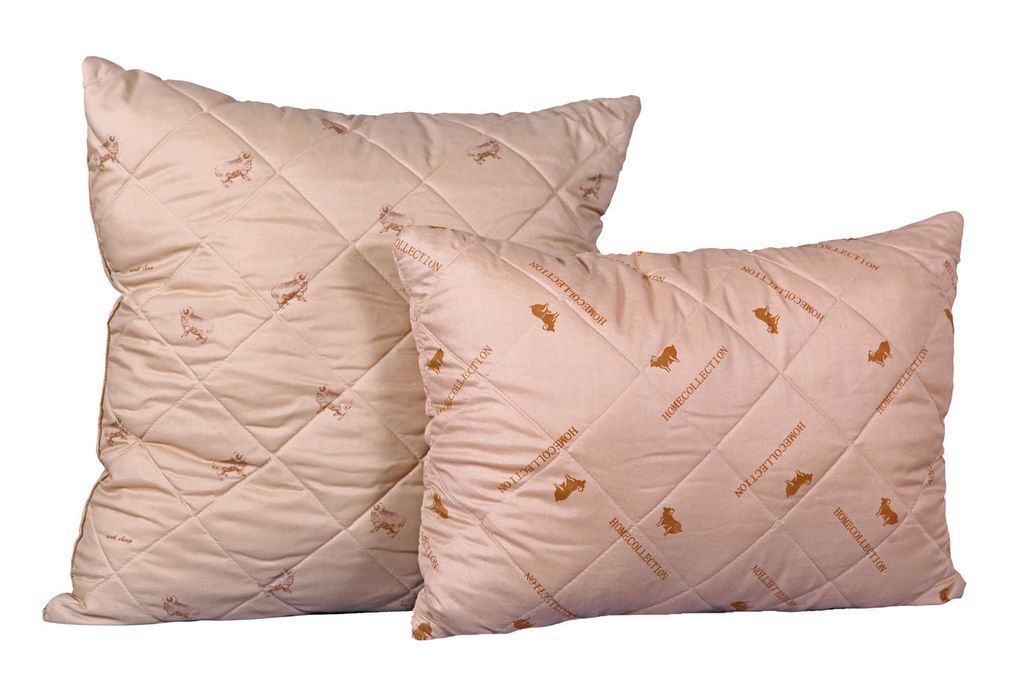
After soaking, the pillows can be safely immersed in the machine’s drum. It is not advisable to wash one pillow - if the drum is spacious, then you can put four or six of them at once along with tennis balls. It is better to use a liquid powder that rinses well. When choosing a mode, you should start from the minimum water heating temperature. These sleep items can be washed in the “synthetic”, “hand wash” or “delicate” modes - a temperature of no more than 40 degrees. We turn off the spin function - it is recommended to wring out such pillows by hand. When the wash cycle is over, add an extra rinse. After this, you can take them out and squeeze them out.
Before sending for drying, it is recommended to wrap sleeping accessories in a soft cloth or towel. They do not dry for long - in one day, or even less in hot weather.These bedding items do not lose their shape during drying if you periodically crumple them, fluff them up and turn them over.
After a competent process of cleaning and drying synthetic winterizer products, you can enjoy their softness and weightlessness for at least several weeks.
How to wash pillows filled with camel and sheep wool
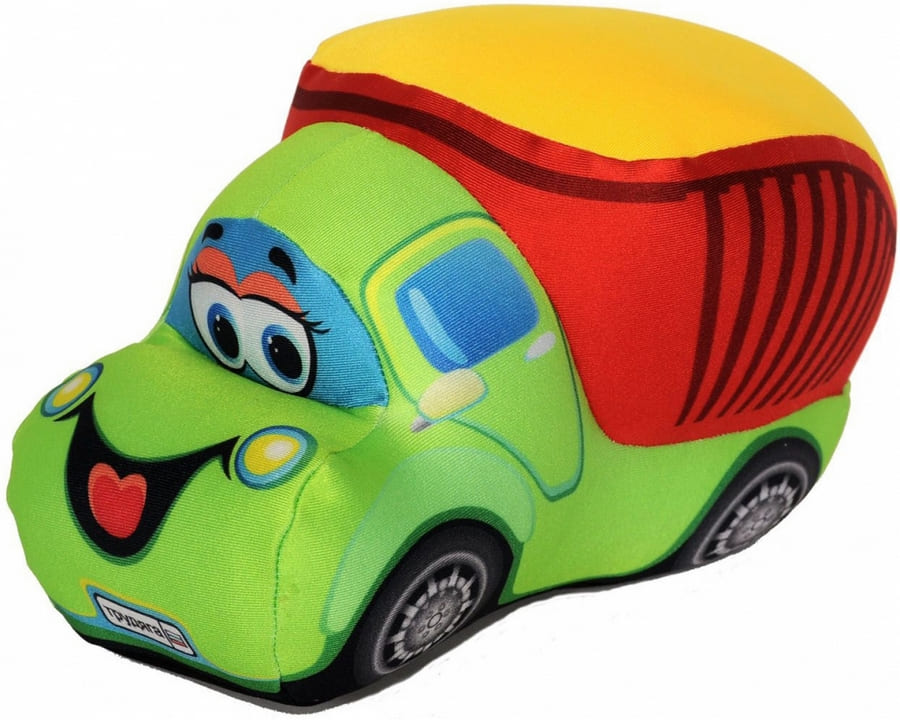
Linen mites love to live in these sleeping attributes, and they also have good absorbency, so cleaning and treating them is mandatory. Any washing equipment that has a delicate washing function is suitable for this task, and even better if it has a wool mode. It is prohibited to spin these items by machine, so this function must be turned off before starting washing. If this is not done, the pillow will turn into one large compressed wool pancake. The temperature is set to the lowest - if there is no function less than 40 degrees, then wash in cold water. This way, woolen sleeping items will not shrink and will retain their original appearance.
It is not recommended to squeeze sleeping products with strong mechanical twisting and tension. This will damage the natural fibers and spoil their appearance.
They are dried, with periodic careful turning, in a warm, well-ventilated place, in the summer - on a clean, dry surface in the shade. After complete drying, shake the product thoroughly and pat it - this will straighten the wool fibers and the pillow will become soft and fluffy.
Features of caring for pillows - anti-stress
- These household items require frequent washing as they are used extensively. Children of all ages especially love them: they crush them, fiddle with them, throw them, play with them, etc.And resting on such a pillow is an undoubted pleasure - it has the ability to adapt to the anatomical characteristics of any sleeper.
- Regular cleaning is carried out in two ways - washing in a machine and manual cleaning. Basically, many housewives use the first method, and the manufacturer has taken care of this - many products have a zipper on the side, unfastening which you can easily remove the filling and start washing.
- The filling of these fun accessories consists of balls made of foamed polystyrene, and the cover is most often made of highly elastic knitted fabric. These materials are safe and environmentally friendly, with proper use and care.
- Since the materials from which these accessories are made are not entirely traditional, washing them in an automatic machine has a number of nuances:
A water treatment temperature of 30-40 degrees will not harm the filler, but if during it it slips out of the pillowcase, you will have to call a technician, because the machine’s filters will most likely become clogged. Therefore, it is better to place the product in a thick pillowcase or bag, sewing it tightly.







